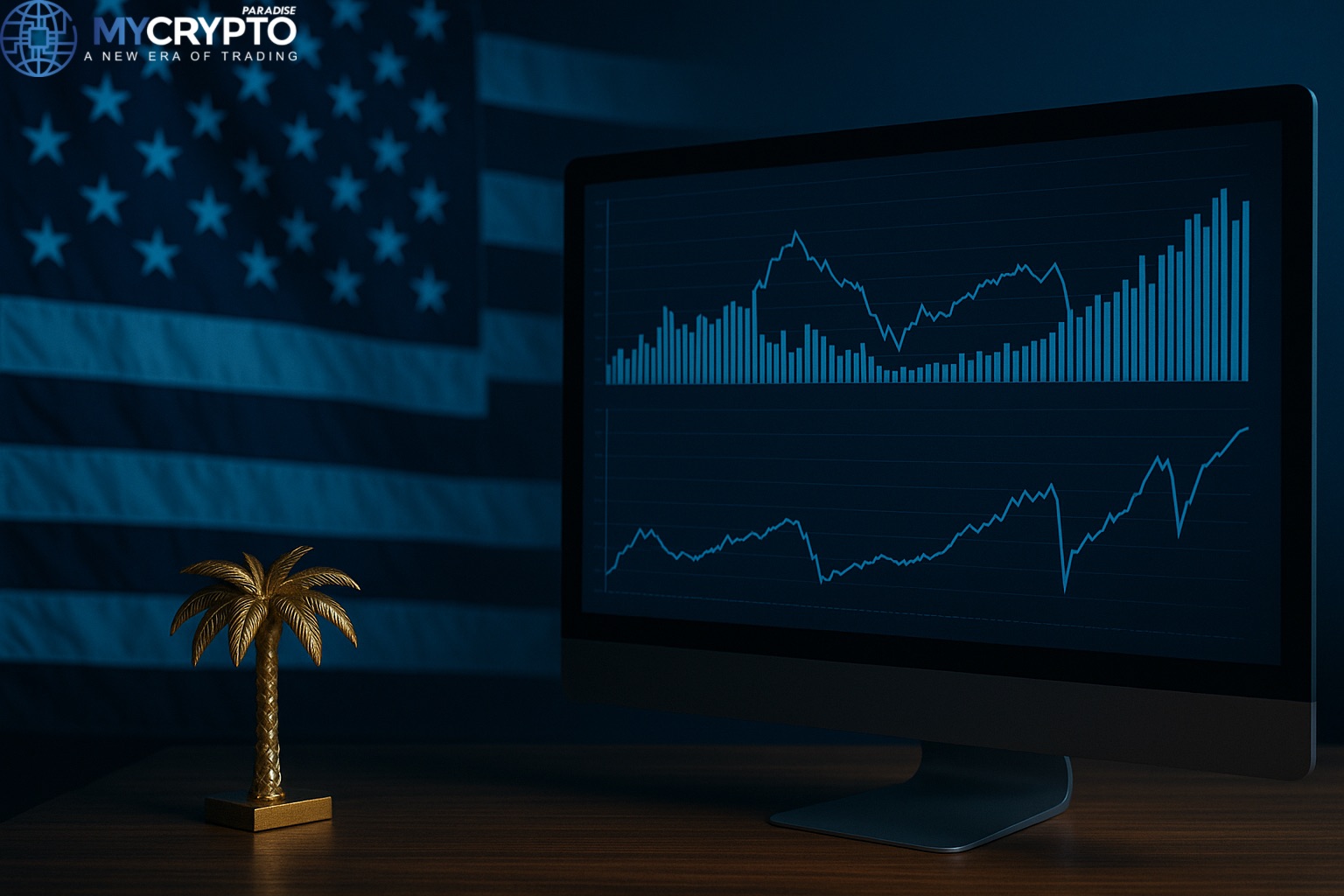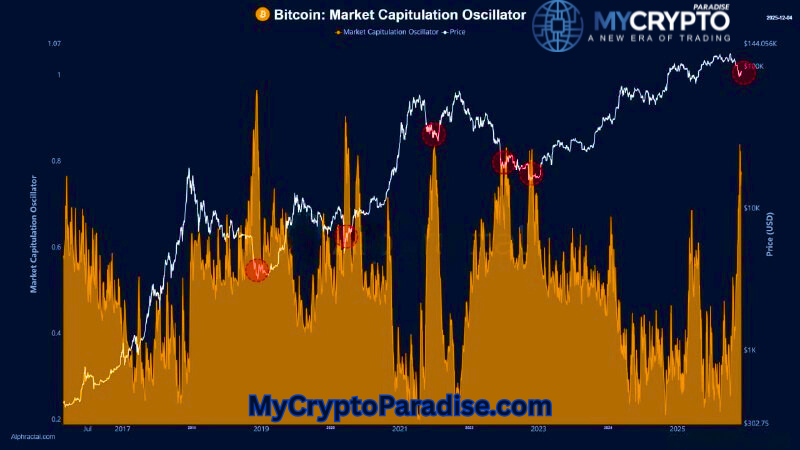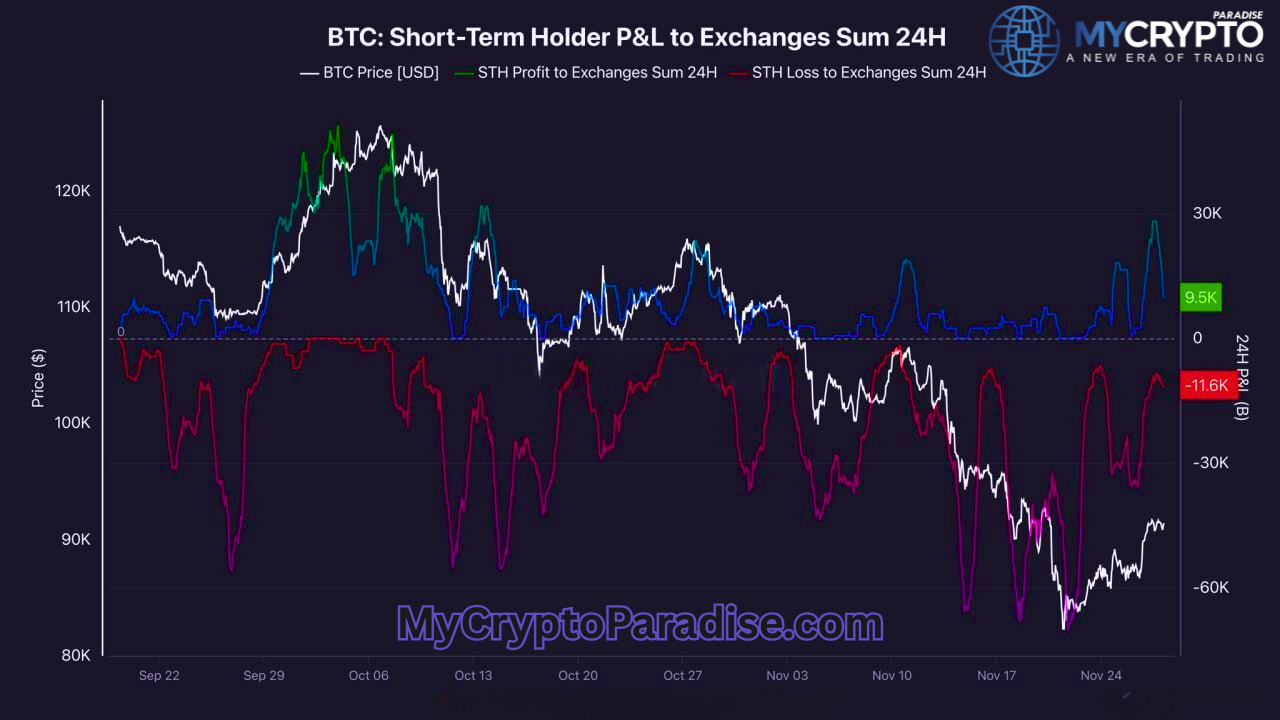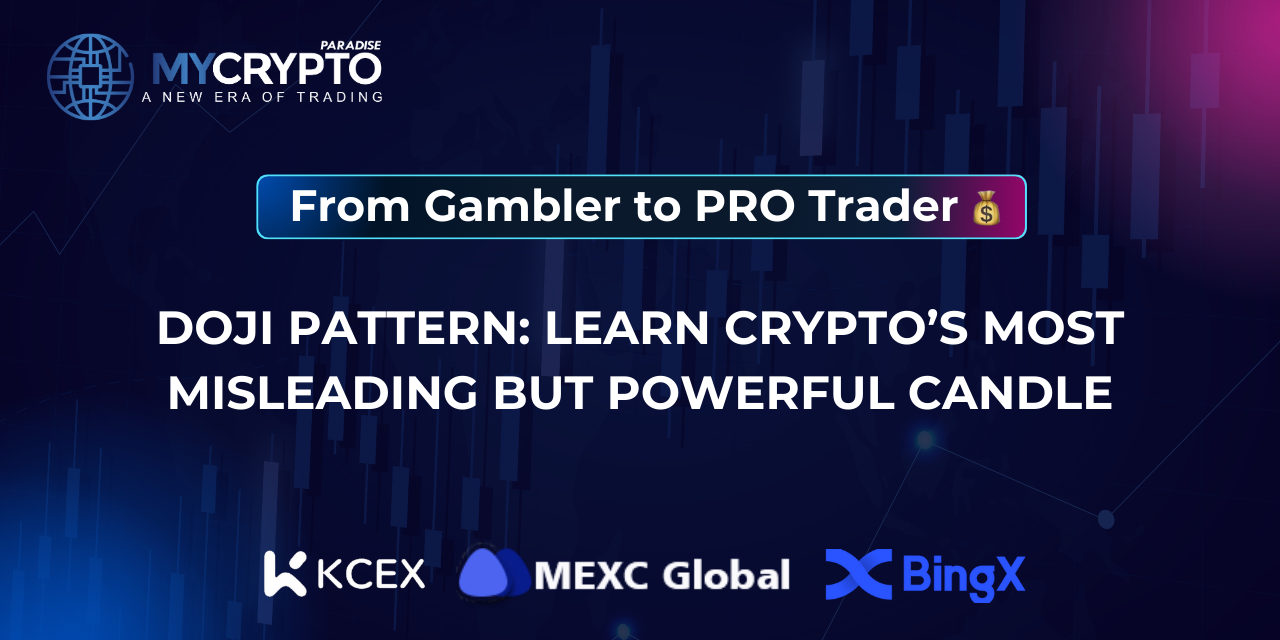The world of cryptocurrency trading is known for its volatility and rapid price movements. To navigate this dynamic landscape successfully, traders often rely on various technical indicators to identify potential buying and selling opportunities. One such category of indicators is momentum indicators. In this article, we will explore what momentum indicators are, how they work, and their significance in crypto trading.
What are Momentum Indicators?

Momentum indicators are technical tools used to measure the rate of change in the price of an asset, providing insights into the strength and direction of price movements. These indicators help traders identify overbought or oversold conditions, potential trend reversals, and the overall momentum in a particular cryptocurrency.
Key Momentum Indicators in Crypto Trading:
1. Relative Strength Index (RSI):
The RSI is a popular momentum indicator that measures the speed and change of price movements. It oscillates between 0 and 100 and is used to identify overbought and oversold conditions. A reading above 70 suggests overbought conditions, indicating a potential price reversal or correction. Conversely, a reading below 30 indicates oversold conditions, signaling a possible buying opportunity.
2. Moving Average Convergence Divergence (MACD):

The MACD is a versatile indicator that combines moving averages to identify potential trends and momentum shifts. It consists of two lines – the MACD line and the signal line. When the MACD line crosses above the signal line, it generates a bullish signal, indicating a potential upward price movement.
Conversely, when the MACD line crosses below the signal line, it generates a bearish signal, suggesting a potential downward price movement.
3. Stochastic Oscillator:
The Stochastic Oscillator is another widely used momentum indicator that compares the closing price of a cryptocurrency to its price range over a specific period. It oscillates between 0 and 100 and helps identify overbought and oversold conditions.
A reading above 80 indicates overbought conditions, suggesting a potential price reversal. Conversely, a reading below 20 suggests oversold conditions, indicating a possible buying opportunity.
4. Average Directional Index (ADX):

The ADX is a trend-strength indicator that measures the strength of a prevailing trend. It ranges from 0 to 100, with higher values indicating a stronger trend. Traders use the ADX to determine if a cryptocurrency is trending and to assess the strength of the trend. A rising ADX suggests a strengthening trend, while a falling ADX indicates a weakening trend or a potential trend reversal.
Significance of Momentum Indicators in Crypto Trading
Momentum indicators play a crucial role in crypto trading for several reasons:
1. Identifying Overbought and Oversold Conditions: By using momentum indicators, traders can identify when a cryptocurrency is potentially overbought or oversold, indicating a possible reversal or correction in price. This information can help traders make more informed decisions and manage their risk effectively.
2. Confirming or Challenging Trends: Momentum indicators can confirm the strength of a prevailing trend or signal a potential trend reversal. This allows traders to align their trades with the overall market direction and avoid entering or exiting positions at unfavorable times.
3. Timing Entry and Exit Points: By analyzing momentum indicators, traders can identify favorable entry and exit points for their trades. For example, a bullish crossover in the MACD or a bullish divergence in the RSI can provide traders with a buying signal, while a bearish crossover or bearish divergence can indicate a potential selling opportunity.
4. Supplementing Other Technical Analysis Tools: Momentum indicators are often used in conjunction with other technical analysis tools, such as moving averages, trendlines, and chart patterns, to strengthen trading decisions. The combination of multiple indicators can provide a more comprehensive view of the market and increase the probability of successful trades.
Additional Concepts to Understand Momentum Indicators
1. Divergence:
Divergence is a concept closely associated with momentum indicators. It occurs when the price of a cryptocurrency moves in the opposite direction of the momentum indicator. Bullish divergence happens when the price makes a lower low while the indicator makes a higher low, suggesting a potential upward reversal.
Conversely, bearish divergence occurs when the price makes a higher high while the indicator makes a lower high, indicating a potential downward reversal. Divergence can provide valuable clues about the future direction of a cryptocurrency’s price.
2. Timeframes:
Momentum indicators can be applied to various timeframes, ranging from short-term intraday trading to longer-term swing trading or investing. Traders can adjust the parameters of the indicators to suit their preferred timeframe and trading strategy.
Shorter timeframes may provide more frequent signals but can also be more prone to false signals, while longer timeframes may offer more reliable signals but with fewer opportunities.
3. Combining Multiple Indicators:
Traders often combine different momentum indicators to gain a more comprehensive view of the market. By using multiple indicators, traders can cross-reference the signals and look for confirmation or divergence between them.
For example, if the RSI and MACD both indicate a bullish signal, it strengthens the conviction for a potential upward price movement. Conversely, if the indicators provide conflicting signals, it may suggest a more uncertain market environment.
4. Volatility Considerations:
Cryptocurrencies are known for their high volatility, which can impact the effectiveness of momentum indicators. During periods of extreme volatility, indicators may generate false signals or produce short-lived signals.
Traders need to consider the current volatility environment and adjust their trading strategies accordingly. Some traders may opt to use volatility-adjusted indicators or employ additional filters to reduce the impact of excessive volatility on their trading decisions.
5. Backtesting and Optimization:
Before relying solely on momentum indicators in live trading, it is advisable to conduct thorough backtesting and optimization to evaluate their effectiveness on historical data. Backtesting involves applying the indicators to past price data to assess their performance and determine potential strategies.
Optimization entails tweaking the indicator parameters to find the most suitable settings for specific cryptocurrencies or timeframes. This process can help traders identify the strengths and weaknesses of momentum indicators and refine their trading strategies accordingly.
6. Risk Management:
While momentum indicators can provide valuable insights, they should not be used in isolation when making trading decisions. Risk management techniques, such as setting stop-loss orders, employing proper position sizing, and adhering to a well-defined trading plan, are crucial for mitigating potential losses.
Traders should consider the overall market conditions, news events, and other fundamental factors alongside momentum indicators to make well-informed and prudent trading choices.
Remember, while momentum indicators can be powerful tools, they are not foolproof and should be used as part of a comprehensive trading approach. It is important for traders to continually educate themselves, adapt to changing market conditions, and practice disciplined trading habits to achieve long-term success in the crypto market.
In ParadiseFamilyVIP🎖️, we send crypto signals that you get from our team of professional traders. Reach out to us here.
Conclusion
Momentum indicators are valuable tools for crypto traders, offering insights into the speed and direction of price movements. By understanding and effectively utilizing these indicators, traders can enhance their decision-making process, identify potential buying and selling opportunities, and manage risk more efficiently.
You’ve gained a solid understanding of the technical aspects of trading, but knowledge alone isn’t enough to guarantee long-term success. To turn that knowledge into sustainable profitability, you must combine it with effective strategies and tactics over the next few years.
At ParadiseFamilyVIP🎖️, we bring together our expertise in technical analysis, on-chain insights, sentiment monitoring, and whale psychology with battle-tested trading strategies to consistently deliver high-quality crypto signals and expertly managed portfolios.
👉Check membership availability in ParadiseFamilyVIP🎖️ (Click it)
We prioritize transparency, sharing every trade we enter, our exit points, and the portion of our portfolio we allocate. This allows you to mirror our trades and achieve similar returns.













